Where to Find South Carolina’s Wild Side
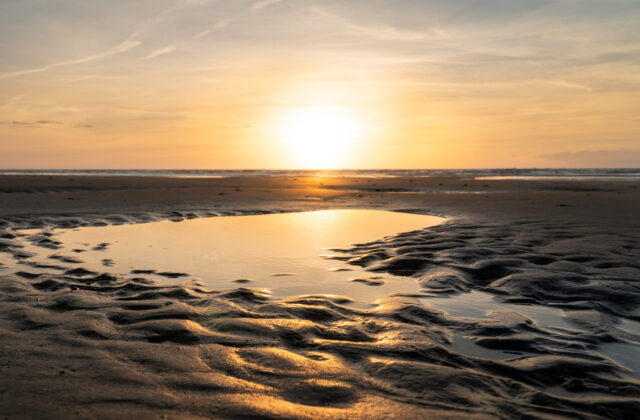
By Ann Newman
At first glance, Bulls Island appears to be a private and secluded paradise. The beach stretches so wide at low tide that you wouldn’t notice someone sifting for shells, much less hear them trying to talk. The sound of surf masks the sound of birds, and the breeze carries briny salt air with no hints of city pollution. The thing that may best speak for Bulls Island is how much life there is, and upon closer inspection, how much there is to explore.
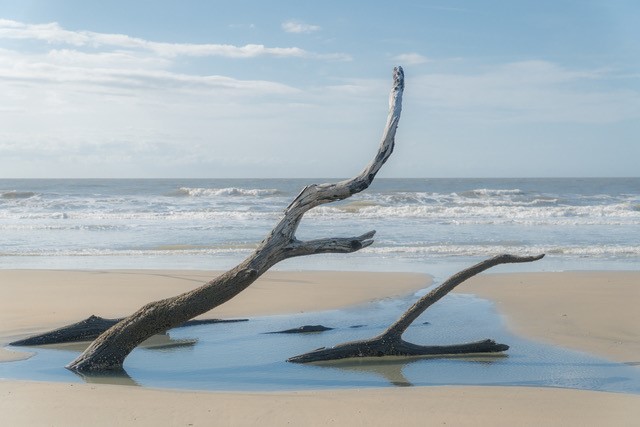
Bulls Island is the largest of the barrier islands that comprise Cape Romain National Wildlife Refuge (NWR,) and it’s located 21 miles north of Charleston, South Carolina. Positioned far from award-winning restaurants and quaint bed and breakfasts, the island is the polar opposite of Charleston, except for its charm. The only way to reach the island is by ferry or private boat, therefore limiting the number of people visiting. Aside from the occasional NWR employees and volunteers who stay in the one building on the island, no one else is allowed to stay overnight.
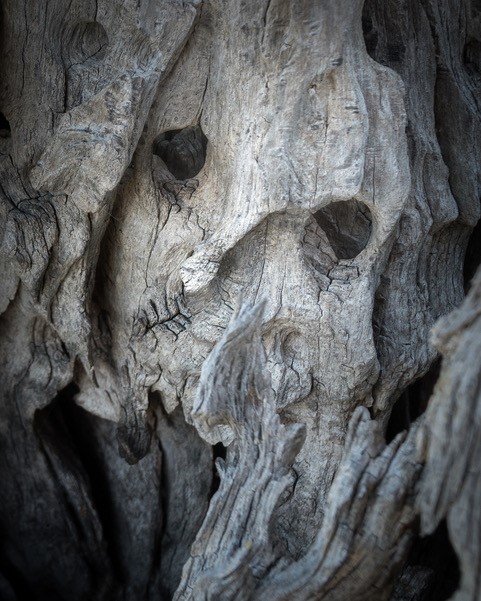
Getting to the island is half the fun. As the ferry navigates through the estuary’s tapestry of spartina-covered salt marshes, one of Coastal Expedition’s marine biologists alerts passengers of dolphins, loggerhead turtles and some 293 bird species that live or migrate through Cape Romain. The trip is about 30 minutes. For a close up of nature, you can also choose a tour by kayak one way, and ferry back to shore. Beyond a solitary bathroom, you’ll find an island that is undeveloped and raw.
The Boneyard Reveals

Wandering down the beach, you realize that the previous night’s high tide washed away the prior day’s human footprints. What’s left is a deposit of curiosities for discovery: shells, sand dollars, corals, sponges, spent horseshoe crabs, loggerhead turtle ribs, clumps of pluff mud, deer tracks and broken segments of See Wee Indian pottery. If you look up from scouring the sands, you may witness a flight of pelicans trailing their leader in a rhythmic single-file wave. Look away from the open sea towards the island, and watch an orchestra of egrets, ibis, oystercatchers, skimmers, plovers, and terns performing above the palmettos, pines, and brush.
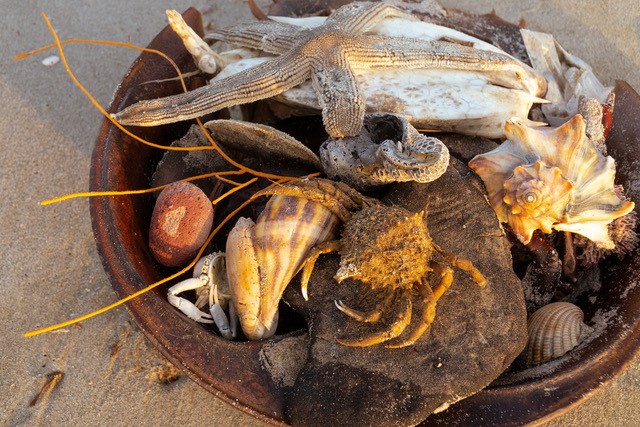
As you meander down the beach, you notice a shift, and the subtle beginnings of Boneyard Beach slowly come into view. Hauntingly-gnarled and polished smooth to a silvery-gray color, roots and twisted branches of massive live oaks jut out of the sand. Some trees with the last bit of their tenacity stand erect in the surf like giant driftwood. Barnacles attack old cedar remnants. For the imaginative, there are shapes and faces and topographical maps and caverns carved in the trunks. With somber realization, you sense how quickly the sea has advanced, pounded and consumed this mile and a half of forest.
Alligator Alley
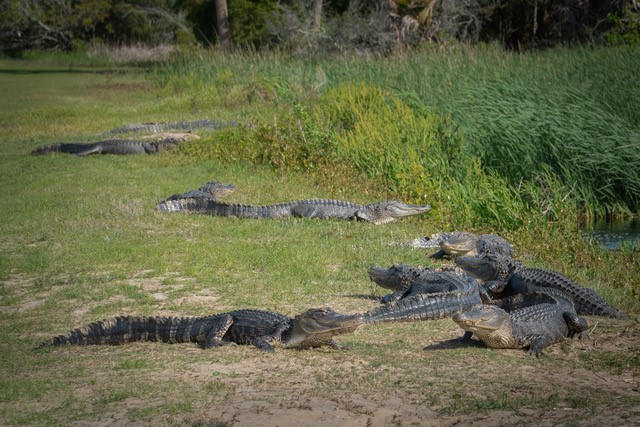
Though it is hard to leave the sandy beach, there is more to discover at Bulls Island. Several trails cut through the maritime forest. A thick canopy of live oak, palmetto, red cedar, juniper, wax myrtle and other trees and shrubbery dapple the sunlight. Along the trail, lacy wild fennel grows in the shade. For a punch of color, the yaupon holly shows off bright red berries that the native Indians used as both tea and in rituals. A scampering in the leaves captures your attention. This island is crawling with life. Was it a deer, bobcat, mink, lizard, snake or black fox squirrel crawling through the tangle of branches and grasses?
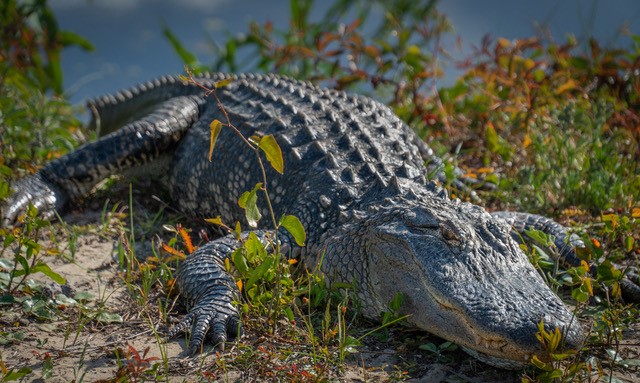
Then the shade of the maritime forest opens. The trail leads to the top of a levee between fresh and brackish water ponds. At first glance, there appear to be several dirt piles on the dam. Moving closer, you realize two dozen alligators are sunning, giving this trail the nickname, “Alligator Alley.” As they sense your approach, one by one, they slide stealthily, leaving only ripples in the black water. As you scan the lily pads and tall grasses, you see submerged ridges of the alligators’ backs, slightly exposed nostrils, and eyes peering. These intimidating looking reptiles have dodged extinction twice. Once through the dinosaur era and more recently, in our lifetime, when the efforts by habitat preservation offered sanctuary. This is precisely why National Wildlife Reserves like Cape Romain exist.
See more of Ann Newman’s work at https://widenyourfocus.com/
 Travel Dreams Magazine
Travel Dreams Magazine